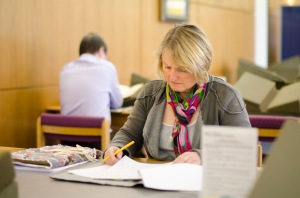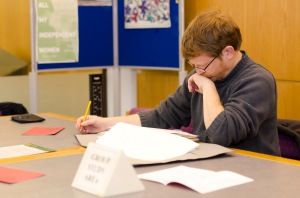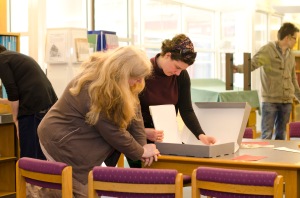So, it is the first week of October and I find myself faced with a series of deadlines for pieces of written work. In the next two months I need to give a conference paper on voluntary medical services during the First World War, complete an encyclopedia entry on subjectivity and emotion in the British armed services and submit a preliminary application for a grant. All three are fairly major, if short, pieces of writing for important and potentially (at least in the case of the encyclopedia article) extensive audiences. They also all need to be constructed in different registers – one to be delivered verbally, one with objectivity (about a highly emotive subject) at its core and one aimed at a non-specialist but nonetheless highly erudite audience. This is going to be a unique challenge for me, both in terms of tackling new forms of written work and new research ideas, and in terms of the amount of work and flexibility that is going to be required of me.
I have been thinking about them all for a considerable period of time, including writing outlines, but it is only this week that I have started putting pen to paper to flesh out my ideas. Already I have found myself coming up against questions about how I organise my ideas and my time. Today’s experiment involves using very short periods of time to work intensively on several projects in rotation. Next week, when I have scheduled a day in the library to flesh out my references, I will be able to compare my productivity with a day spent concentrating on just one piece for a more extended period. It will be interesting to see how things turn out and to see what approaches work at different stages in the writing process.
Time permitting, I hope to blog about the process and use the opportunity to reflect on how (and why) I write history. With any luck, by the end of the month I will have drafts of all three pieces and avoided a nervous breakdown. Then the fun of editing will begin…



